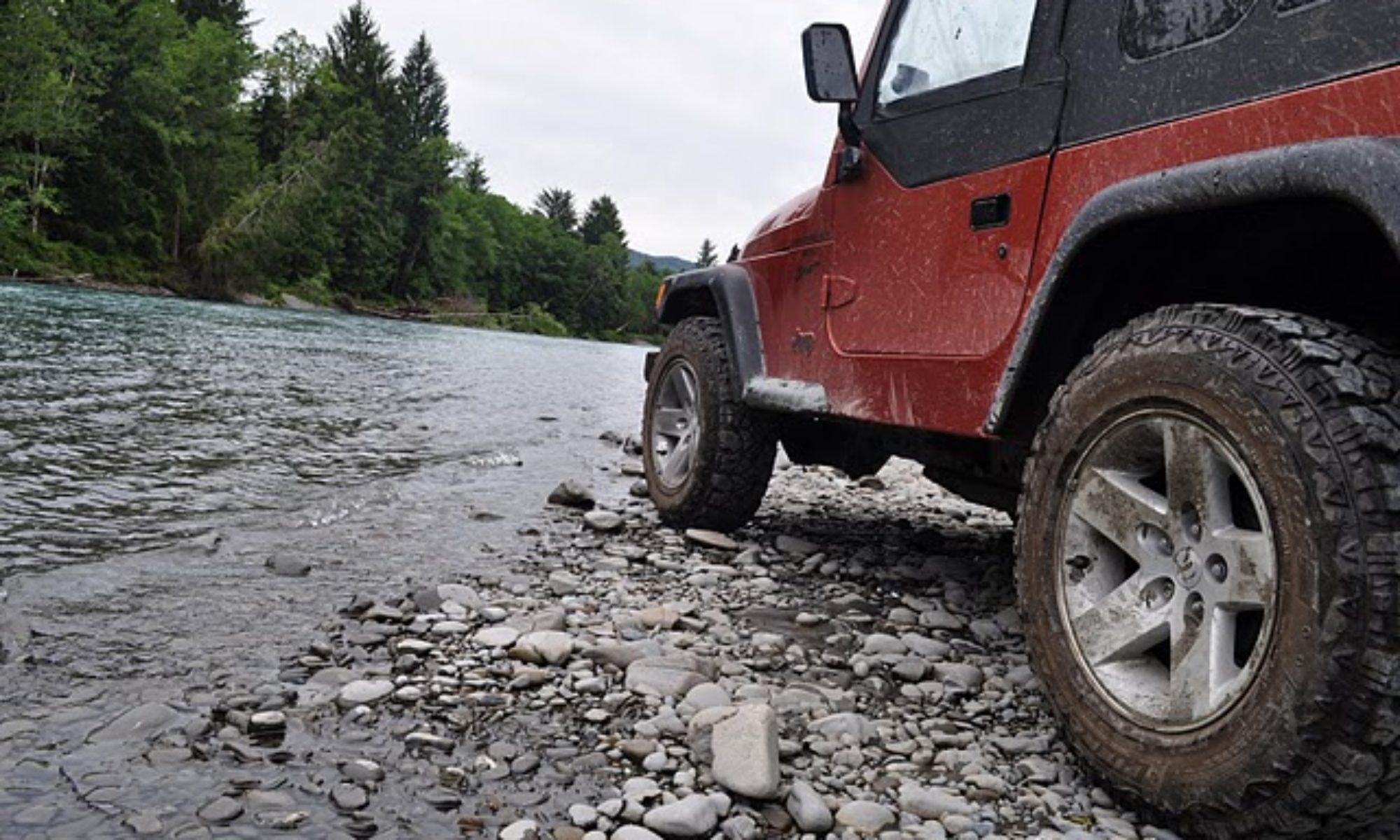Luck. It’s one of those whimsical ideas that is often tied to symbolic findings like a four-leaf clover and a bird that drops a little present on your head in flight. Something many don’t truly believe in, yet so many people seem to have it. The Spanish appear to have had luck when they stumbled upon St. Augustine, the lighthouse of the same settlement seems to have had tremendous luck, and even I have had many good hands dealt my way. Luck- Could it be real?
I got up early this morning, a busy day of sightseeing on the books, and headed to the only WiFi access point in Anastasia State Park, located at the beach shop. I settled down in the rising sun with my laptop, uploading pictures of the previous day for all of you to enjoy, when I noticed a few people collecting at the beach. One man was sitting up at the beach overlook deck with a camera on a tripod, and a few people were trickling their ways onto the beach. They weren’t wearing beach attire, nor was it warm enough to swim if they had been. I dismissed it as a group family photo in the making and went about my business. Soon more people began to show up, all toting their DSLR cameras and chatting a little too lively for such an early hour on the east coast. Then someone approached me: “Are you going to watch the shuttle launch?”.
I almost leapt out of my seat- could it really be that today was the day that they launched the space shuttle Endeavour? It turns out it certainly was- and I was close enough to Cape Canaveral to see if from my vantage on the beach. I was totally unprepared to take such a photograph, so the few that I did get aren’t all that great- but I did get them, and I did get to see it launch. Many thought this was the last launch of the shuttle Endeavour, but according to news articles this was the next-to-last.
If you guys are really hard core about seeing the shuttle launch keep updated on the real “last launch”. Maybe you can find a way to venture out there? Even if you can’t get down to Cape Canaveral, you now know of a great place to camp out and view it from: Anastasia State Park. According to the volunteer who stands atop St. Augustine Lighthouse once a week, this launch view wasn’t as good as it usually is due to some haze. He has been living in St. Augustine since the 1980s, and hasn’t missed a launch since. He even got to work early so he could view the launch from atop the lighthouse. If you are lucky enough, perhaps you can watch the last ever launch of Endeavour from atop the lighthouse.
The St. Augustine Lighthouse was my first planned trip of the day. I had already visited the lighthouse once, but it is something worth seeing again. The current lighthouse stands 165’ high and has been standing there since 1874. It is built of brick and steel, both crafted here in the U.S., and is the oldest standing brick structure of St. Augustine. When you visit you have to climb 219 stairs to reach the top (sound exhausting, it is!).
Many Florida lighthouses had a lot of trouble staying upright: the soft sands of the coast proved to be a less-than-stable base for the heavier lighthouses of the late 1800’s. St. Augustine has a sturdy layer of coquina for the lighthouse to sit atop, keeping it from the same fate of many other lighthouses in the state. The lighthouse has had several close calls, such as Hurricane Dora and a few other hurricanes, and a couple earthquakes. Fortunately (and perhaps luckily?) the St. Augustine lighthouse has stood tall. (Visit their website at www.staugustinelighthouse.com)
It was now time to see to the Castillo de San Marcos, the oldest masonry fort in the continental U.S. Built by the Spanish beginning in 1671, the fort was something to be feared by many enemies. In 1702 British naval & land forces attacked St. Augustine and a not-yet-completed Catillo de San Marcos. The British destroyed the city, but were unable to take on the fort and retreated. In 1728 British troops once again decided to march into St. Augustine, but saw the fort and promptly turned around and left. In 1740 the British governor of Georgia also attacked St. Augustine, but could not capture the fort.
Why was the fort so impenetrable? Was it because of the architectural layout or the cannons? Probably this, and due to the building material provided to the Spanish from Anastasia island, the very rock that the St. Augustine lighthouse stood upon many years later: Coquina.
Geology time: So what is this coquina stuff, anyways? Literally “coquina” translates from Spanish to “tiny shellfish”. Aptly named, coquina is a type of limestone composed of shells, clay and sand that have been chemically bonded together. It may look brittle, but trust me when I say the stuff is tuff, I tested a block of it. So, where did it come from?
Luckily my campsite hosts the spot where the Spanish started quarrying the coquina in 1671. I was able to visit it and learn a bit about the geology of the area. In the Pleistocene epoch there were a series of glaciation/melting patterns that allowed shells, clay and sand to accumulate during the high sea levels, and to cement together when it was exposed to rainwater during times of low sea levels. This developed the Anastasia formation, a formation that stretched from the Northern end of Anastasia Island all the way south to Palm Beach, FL (250 miles long) and is about 330 miles wide, most of it stretching into the Atlantic Ocean.
The coquina is a very strong rock when dry, so to cut it the Spanish settlers would cut the stone while it was wet, and then allow it to dry for up to a year before incorporating it into the Castillo. It was such a useful building product that one third of St. Augustine’s buildings were made of it by 1764. The Spanish were very (lucky, perhaps?) to have such a building material readily available.
It seems that in the case of my observation of shuttle Endeavour, the long-standing life of St. Augustine Lighthouse and the Spanish settler’s find of the coquina to build the Castillo all speak for the case of luck. It must be real, then…Luck has it. Right?
Let’s look back on the reality of the situation. St. Augustine Lighthouse was built in 1874 to replace a Spanish watchtower built in the late 1500’s. The old watch tower tumbled to the sea in a storm in 1880. It stood for 300 years, a span of time yet to be proven by the “New” St. Augustine Lighthouse. The Castillo de San Marcos was built beginning in the 1670s to replace the 9th (yes, you read right, NINTH!) fort since 1565. It seems that all of these events add up to being in the right place at the right time. It may seem like luck, but it is actually due to ingenuity and being able to see the bright side of things no matter what. The Spanish and other settlers of St. Augustine were smart enough to use what was available to them on their very own Anastasia island, buried beneath the sand dunes and soil (called hammocks). We all know I have had my fair share of mishaps- and the fact that I was able to see something as spectacular as the shuttle launch isn’t due to luck: It is due to my dedication to adventure and putting myself in places where things can, and will, happen.
If you are sitting around waiting for your luck to turn around you aren’t going to get much. Luck isn’t a rabbit’s foot on a keychain or eating black eyed peas on New Year’s Day. Luck is constructed out of your own determination and will. Created by you, for you, by continuing to push forward even after you fail again and again. Don’t let the first 9 fallen forts force you to give up. Look around you, use the tools you have been given, and manifest your own destiny.


Neat that you got to see the shuttle launch. I was in the Jacksonville airport once when a shuttle was taking off. I remember it being very cool. Too bad there are not too many more missions.